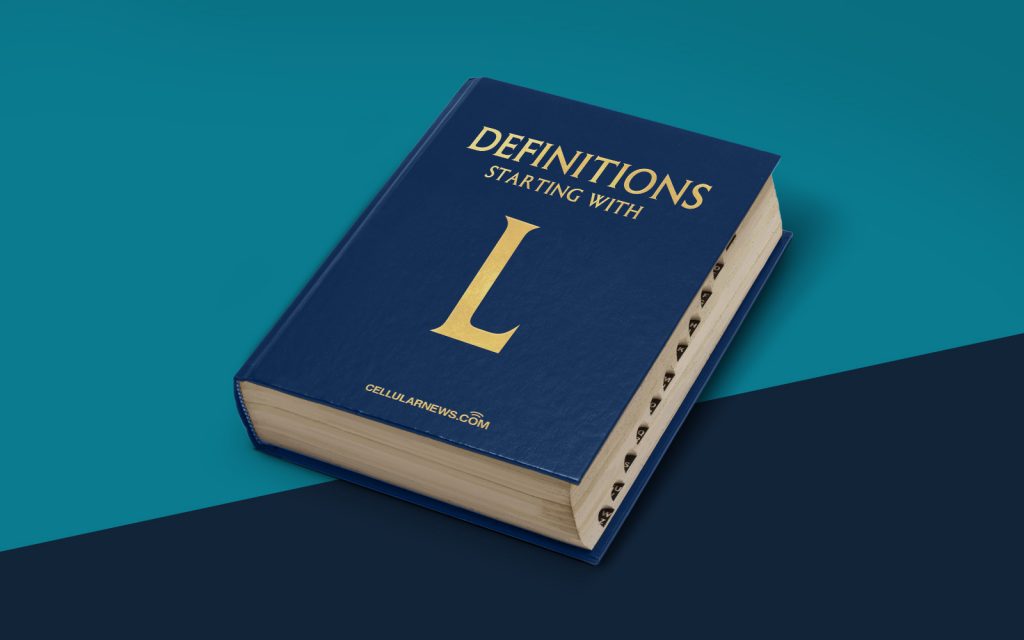
What is a Layer? Understanding the Basics
Welcome to the world of web design and development! If you’re new to the industry, you’ve likely come across the term “layer” quite frequently. But what exactly is a layer? In this blog post, we’ll delve into the world of layers and demystify their role in creating stunning websites and captivating user experiences.
Key Takeaways:
- A layer is a fundamental concept in web design that allows you to organize and control the elements and content on your website.
- Layers help create depth, visual hierarchy, and interactivity in web pages, enhancing user engagement and overall design quality.
Now, let’s dive right in and explore the definition and significance of layers!
Understanding Layers in Web Design
Imagine a website as a canvas, and each element on that canvas has its own designated layer. From images and text, to buttons and navigation menus, every component of a web page can be assigned to a specific layer.
Layers act as a virtual stack where elements can be placed, arranged, and modified independently. This layering system provides designers and developers with precise control over the visual hierarchy of their website, enabling them to create stunning designs that captivate and engage users.
Layers in web design serve several essential functions:
- Organization and structure: By dividing the website into different layers, you can keep your design clean, organized, and easy to manage. Each layer can contain related elements, such as a header, a footer, or a content section, making it simpler to navigate and make edits to specific parts of the website.
- Depth and visual hierarchy: Layers allow you to create depth in your design by placing elements in front or behind each other. This gives a sense of perspective, making your website visually appealing and engaging for users. By strategically ordering layers, you can establish a clear visual hierarchy and guide visitors’ attention to important content.
- Interactivity and user experience: Layers play a crucial role in enabling interactive elements on a website. Buttons, menus, pop-ups, and other user interface components often rely on layers to trigger specific actions or reveal content. By using layers creatively, designers can enhance the user experience and make their websites more interactive and engaging.
Layers can be easily adjusted, modified, or rearranged without affecting the rest of the website. This flexibility allows designers to experiment, iterate, and maintain complete control over the visual aspects of their web pages.
In Summary
In conclusion, layers are an essential part of web design, providing structure, visual hierarchy, and interactivity to websites. By organizing elements into different layers, designers have the flexibility and control to create stunning and engaging user experiences.
So, the next time you come across the term “layer” in the context of web design, remember that it refers to the stacking and arrangement of elements that contribute to the overall look, feel, and functionality of a website.
Key Takeaways:
- A layer is a fundamental concept in web design that allows you to organize and control the elements and content on your website.
- Layers help create depth, visual hierarchy, and interactivity in web pages, enhancing user engagement and overall design quality.
Now that you’re armed with the knowledge of what a layer is, go forth and layer your designs with creativity and finesse!
